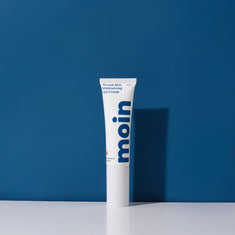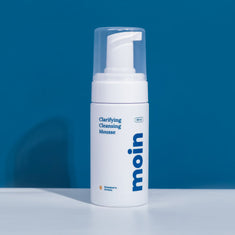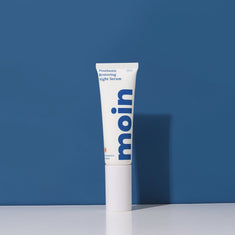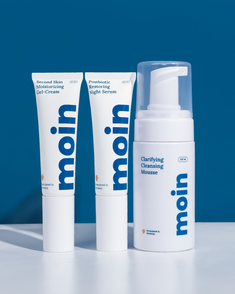Harnessing the Benefits of Sunflower Seed Oil
Sunflower seed oil is one of the most prominent oil crops in the world today. It is commonly used in food preparation, but this plant oil has become favorite for many people in cosmetics due to its emollient benefit and compatibility with all skin types.
Where does sunflower seed oil come from?
The most common sunflower oil comes from Helianthus Annuus, which is the popular species of the Asteraceae family. They are native from North America, and were introduced into Europe in the 16th century. Sunflower is harvested mainly for the seed to produce the oil. Now, sunflower is mostly grown in Ukraine and Russia, which are the two major producers of sunflower seed worldwide, as well as France, Hungary, and Argentina.
Facts about sunflower seed oil
| INCI name | Helianthus Annuus Seed Oil |
| Smoke point | 232°C (refined); 107°C (unrefined) |
| Color | Light yellow |
| Fatty acid proportion | Linoleic acid 48-74%; oleic acid 14-40%; palmitic acid 4-9%, stearic acid 1-7%, linolenic acid max. 2%, behenic acid max. 2%; arachidic acid max. 1%, palmitoleic acid max. 1% |
| Unsaponifiable portion | 1.5% |
| Benefits | Emollient, moisturizing |
| Recommended use level | Depending on formulation. Up to 99% |
Obtaining sunflower seed oil
There are two ways to obtain the oil from sunflower seed, namely either by pressing or extraction. The method of pressing is done by mechanically pressing the seeds until the crude oil comes out. It is also possible to heat the seeds in the oven prior to obtain higher yield of oil. As of extraction, organic solvents like hexane are typically used. The oil yield is the highest when extraction method is used, which is up to 99%.
Refined vs unrefined
The purpose of refining the crude oil of sunflower seed is to make it suitable for human consumption and to remove contaminants, which may alter the oil composition and affect the shelf life. However, during the refining process such as degumming, neutralization, bleaching, and winterization, sunflower oil loses considerable amounts of antioxidant content such as tocopherols and phenolic compounds. The content is then significantly decreased during deodorizing. That being said, unrefined sunflower oil contains the most valuable nutrients and is more appropriate for cosmetic purpose.
What does sunflower seed oil contain?
The exact composition of sunflower oil differs from one to another, and highly depends on the seed quality and storage condition. However, sunflower seed oil consists primarily of substantial amount of linoleic acid, which is the most common botanical polyunsaturated fatty acid, and oleic acid. Moreover, sunflower seed oil is known as the excellent source of vitamin E, especially alpha-tocopherol, and compounds like phytosterols, carotenoids, and polyphenols like vanilic acid and caffeic acid.
Does it benefit our skin?
Yes! Due to its high content of essential fatty acid, sunflower seed oil is an excellent natural ingredient for skin. Deficiency of essential fatty acids can lead to scaliness of the skin and an increase in trans-epidermal water loss. Sunflower seed oil also absorbs quickly into the skin and does not clog pores. It is an excellent emollient to soften and moisturize skin. Topical application of sunflower seed oil can also help to maintain the integrity of stratum corneum.
Sunflower seed oil is much more than a kitchen staple. Now you know the benefits of this natural oil can bring to your skin, too. We purposely formulated our Barrier Protecting Hydrating Stick and added sunflower seed oil to help nourish your skin and maintain its health.




